As briefly described in the tennis court types, the clay tennis court is characterized by the speed with which the tennis ball travels as compared to the other tennis court surfaces. Because of its tendency to slow down the ball, it robs players of the merits of big serves.
Since the advancement of the tennis game into a real-time profession for players, the governing bodies have done a great job to transition from the natural court types to ones engineered by specialists. These courts surfaces used in modern tennis have been designed to meet certain specifications giving rise to different paces in the tennis game.
The clay tennis court designed for tennis games of this time is quite different from the natural one from history.
Court Construction and Materials Used
Although the court is termed as clay but beneath the surface are layers of materials carefully lined to ensure the compactness of the field. The thickness of materials used at each layer of the field gives its characteristic properties and hence influence the style of play.
The clay court can be viewed as a packing bed constructed from bricks, stones, shales and other material aggregates. It consists mostly of four layers of different stones of varying sizes packed on top of each other. The stones at each level are of uniform sizes to ensure effective drainage and the courts are sloped slightly to aid the water drainage. Usually, the natural clay court takes 2 or 3 days to dry.
It is about 3 feet deep and on top of the base is covered with thick powdered limestone and 3 millimetres of fine or coarse frosting. For firm compactness, it is rolled flat.
Types of clay courts
From the general construction materials used for the clay courts, it can be stated that clay courts are not actually made of clay entirely. So why then call it clay court? The name of the court comes from the frosting used and thus clay court because the surface is made of clay.
There are two types with respect to the colour: red and green clay court.
The Red Clay Court – The Commonest

This is the commonest type used in the French Open. In this type the topmost layer of the court is derived from particles crushed from bricks. These bricks are fire burnt giving rise to the red colour. The particle size of the crushed bricks influences the drainage ability of the court.
Very fine particle frosting takes longer time to dry as compared to the coarse ones.
The green clay court – A Green Clay?
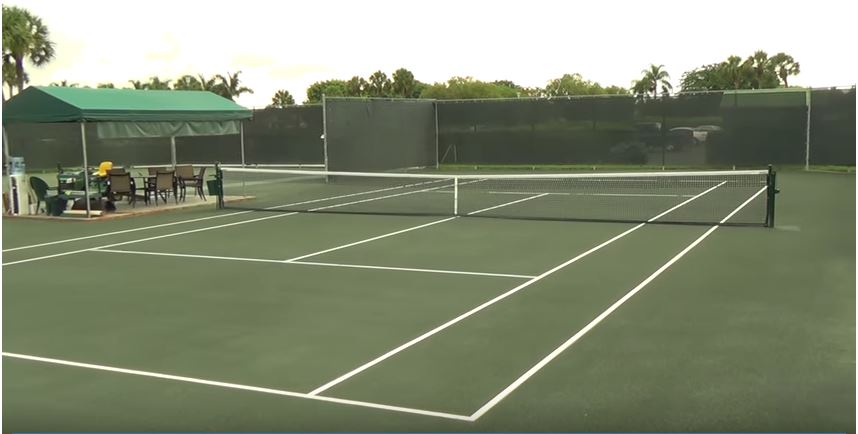
This is a fast-dry court branded as Har-Tru. As the red clay court is made from the fire burnt clay bricks so is the green court made from crushed loosed particles of metabasalt (formed as a result of volcanic action). This volcanic stone is naturally green and its hard nature provides properties different from that of the red clay court.
The source of this surface material makes the court slightly faster and harder. The Volvo Car Open is one of the women’s tournaments that plays on this Har-Tru tennis court.
About clay courts – Facts
As there are several options presented to one as to which surface material to use for a tennis court, it is expedient to know the pros and cons that come with them. The clay courts can be associated with the following:
- Easy and cost less to construct: Comparatively, it cost far less in making a clay court since the special skill is packing materials of different sizes in layers which is more natural.
- Health Benefit: The clay particles which is more granular enables players to slide on court surface. This reduces drastically joint injuries which is so much common on hard surface courts. In a half year period, it is discovered that fifty percent of tennis players are likely to suffer from an injury due to the court surface and the shoes worn by the player.
- Unique playing characteristics: Playing on clay courts require one to develop strategies and skills that promote endurance and patience. This is because the consistent slower ball bounce on clay courts results in longer rallies, stronger strokes and much coordination. This has now been an encouragement from the United States Tennis Association to their players to train on clay tennis courts.
- Cooler Surface: When there is a downpour, the court retains moisture which evaporates during hot periods leaving the surface cooler than hard surface courts.
Asides these laudable advantages that come with the clay court it poses the following disadvantages:
- Comparatively, high maintenance costs: For the court to be in good shape every time, the surface must be flattened with rollers and lines drawn as well. Also, the surface must be renewed if it dries out which cost a considerable amount of money to replace.
- Damage to clothing and footwear: A player wearing white cannot be said to leave the game with only sweat in the attire but with stains on clothing too. When the court is wet, the clay build-up under the shoes of players which is inconvenient sometimes.
Court Style of Play – Observed from the Specialists!
The “slow” termed court are well enjoyed by players who meet the skill set requirements and thus win for themselves titles. Most players who find success at the French Open have the stronger defensive ability and are able to endure for long play.
The players ace their opponents out by strategic ground strokes that generate strong top spins and drop shots. The tennis game on a clay court is not more of running and stopping as on the grass or hard-court types but of sliding into the ball during the stroke. Also, the rallies require much physical strength and appreciable level of mental focus.
Great Players of This Court – The Clay Court Specialists!
Players with a good grasp of the clay court tactics have recorded for themselves great achievement in major tournaments at French Open. These players are sometimes referred to as specialists of the clay courts because they mostly excel on clay courts. Most of them have not won any championships on other court types.
Male players with remarkable achievement on clay courts: Rafael Nadal – “The King of Clay”. Thomas Muster, Gustavo Kuerten and Juan Carlos Ferrero have won tournaments on other surfaces but have won major titles only at the French Open whiles Sergi Bruguera, Albert Costa and Gastón Gaudio have won almost all their career titles on clay courts.
Females: Virginia Ruzici, Anastasia Myskina, Iva Majoli, Sue Barker, Ana Ivanoic, Francesca Schiavone, Jelena Ostapenko and Simona Halep.

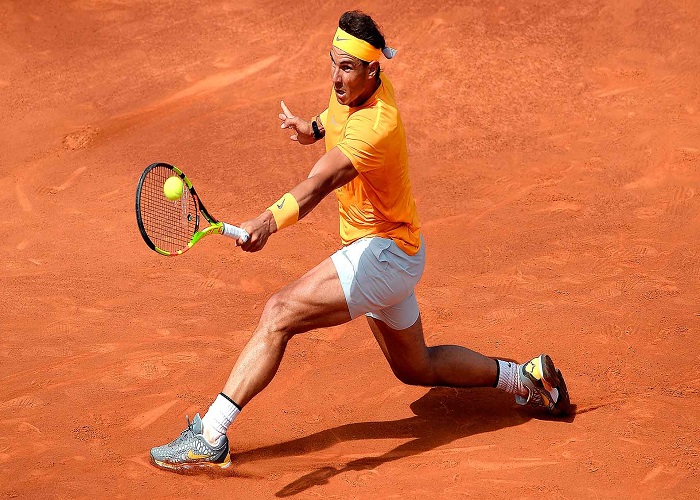

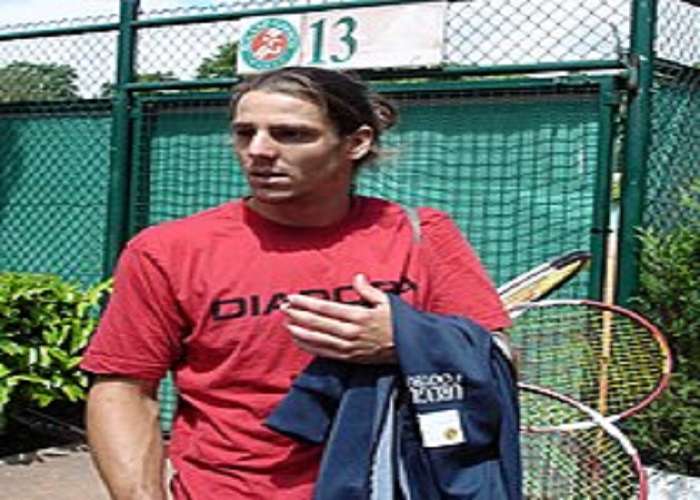
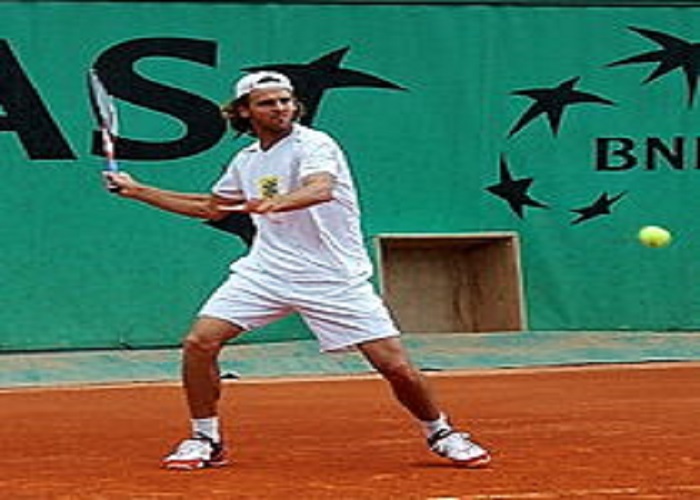
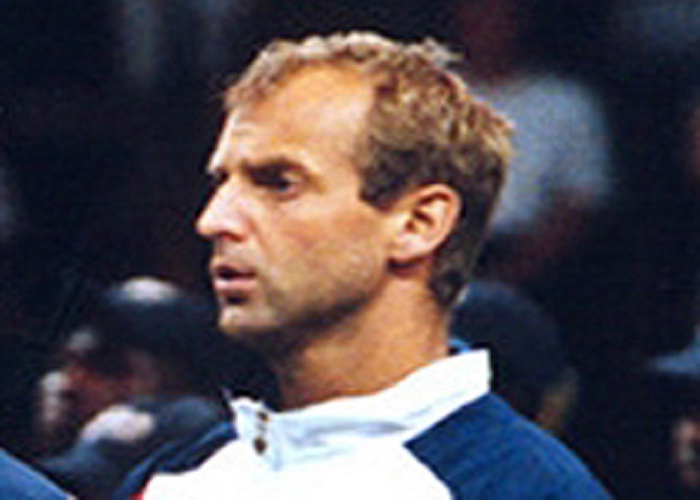
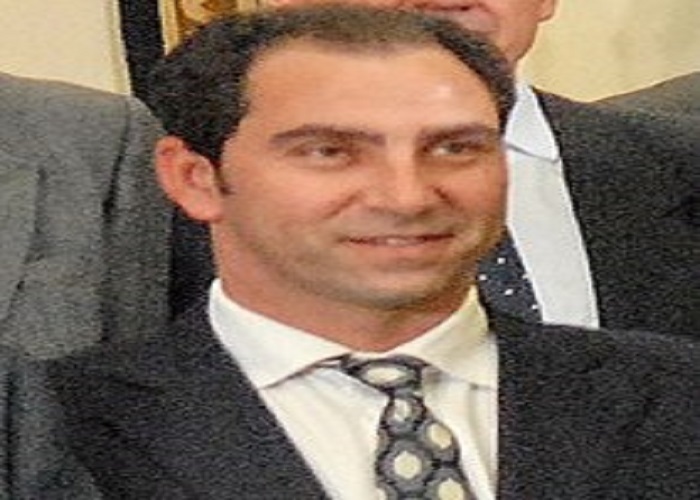
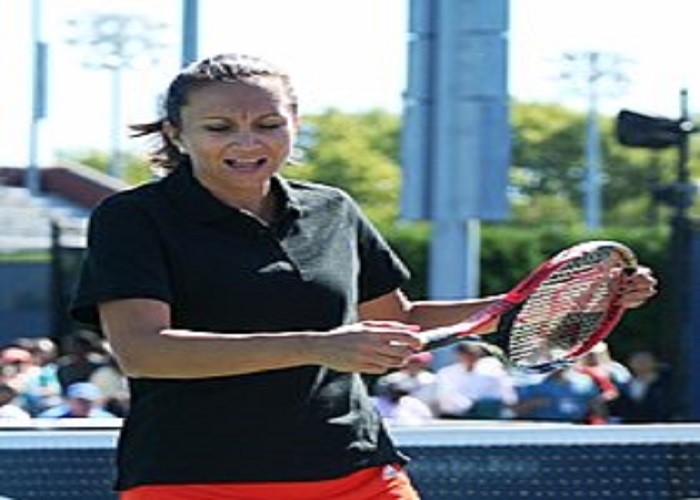
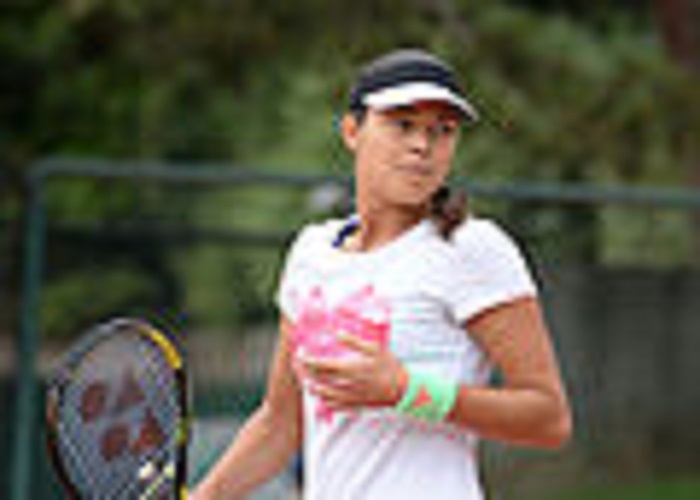
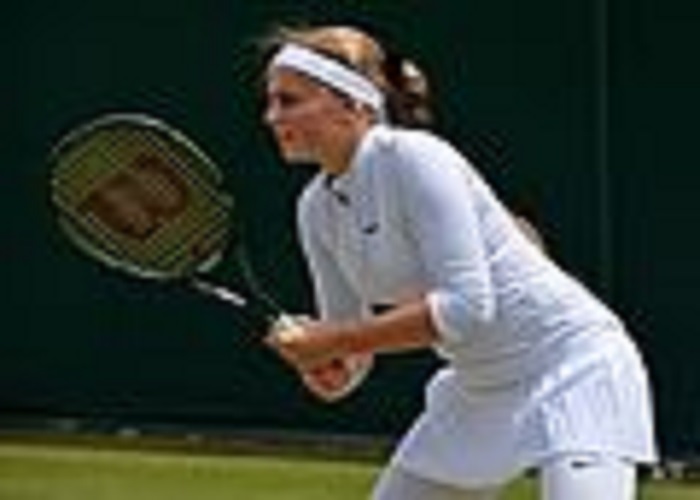
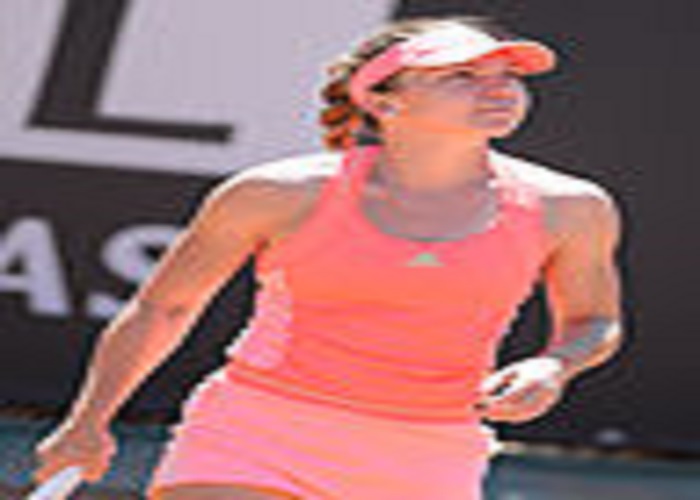
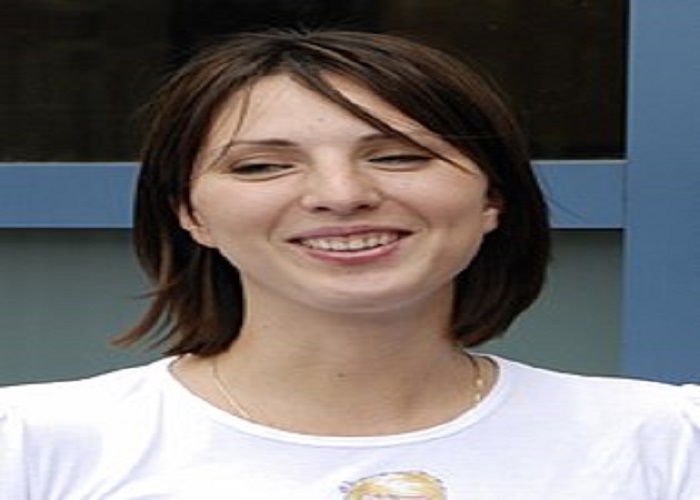

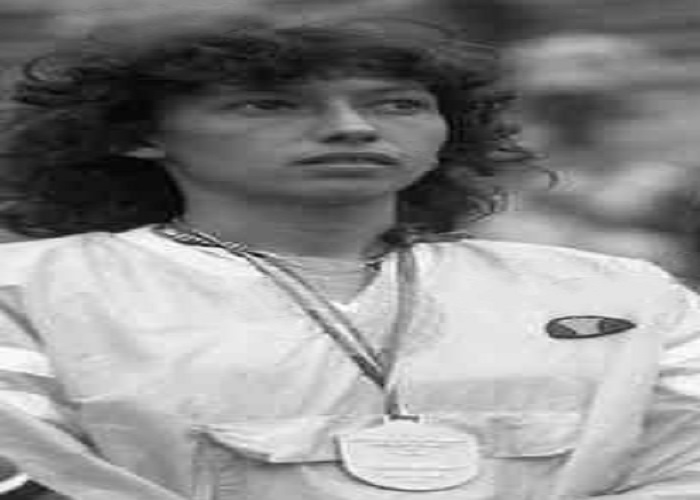
I always wondered why some of the courts were different color. I did not realize it was because it was a “slow” court or anything like that. I guess i should have known this because of Mario Tennis growing up but never really thought of it. Thank you for the insight and explanation.
You are welcome, Chris.